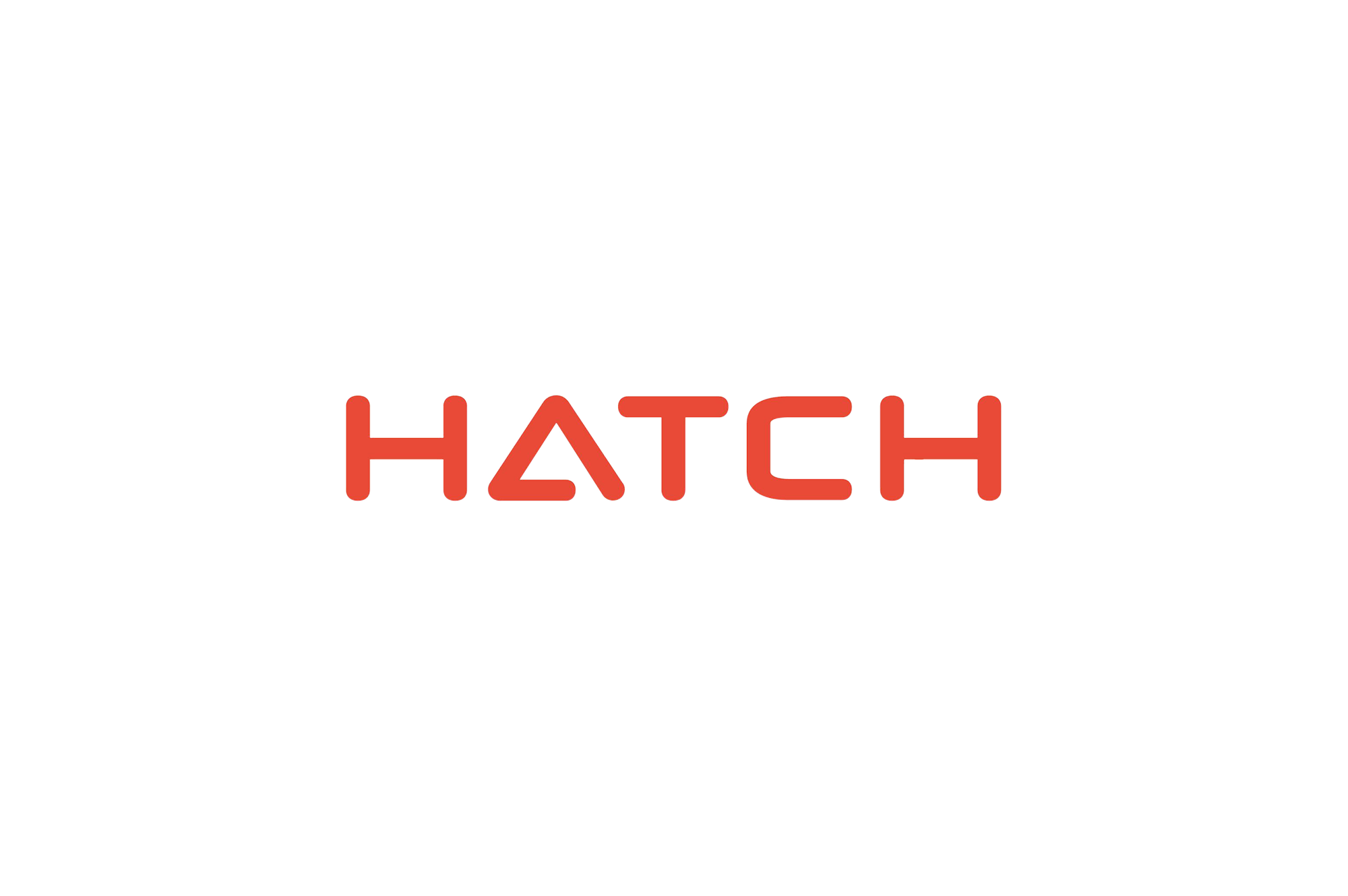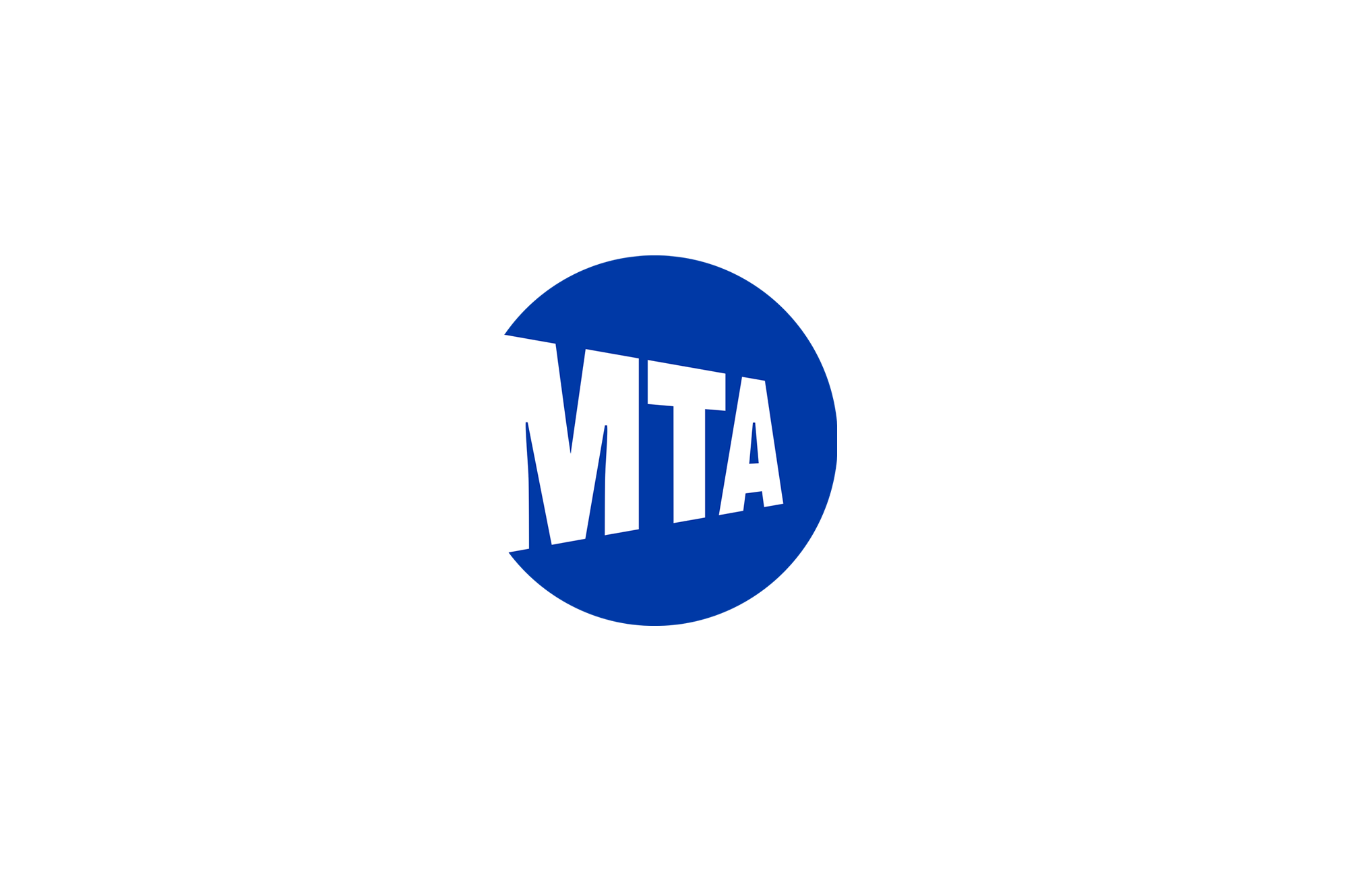
A critical decision involved in the design of digital knowledge experiences is the choice of course architecture. This choice is essential because it has an enormous impact on whether or not the content will be perceived as relevant to the learners.
Many organizations may be struggling to make this choice. When we look at the learning and development scene, we often hear stories and anecdotes of how programs lose relevance when they come to conflict with learners’ backgrounds, prior knowledge, and motivations.
Sometimes we take a course that looks fun and engaging. Then we realize that instruction jumps from one scene to another without meaningfully demonstrating the subject we are supposed to learn. The end result may be like this: “I think it was fun and interesting. But did it help me to do my job better? I am not sure.”
If we are getting this type of feedback from our learners, it could be due to course architecture.
A course architecture is a design frame that reflects a theory of learning. To simply put, it is a sequential collection of lessons that show how learners should absorb content. Will I be listening to someone speaking? Will I watch a video and do quizzes? Or will I troubleshoot a problem by gathering evidence and making judgments?
We learning designers ask these questions in order to determine how we are going to build lessons, how much interactivity we will put into them, and what we want learners to do when they engage with the content. Within the realm of multimedia learning design, evidence-based practice identifies three master course architectures that stood the test of time [1]:
That being said, receptive architectures are generally more useful for onboarding programs and for those entering a new professional field. The simplicity of this architecture helps bring learners up-to-speed with organizational expectations. Sometimes it simply gives them a much needed cultural or technical exposure that they might not get through regular channels. It is also good for building awareness about an issue.
Explanation of the topic → Example of the topic → Question or Quiz → Feedback
This type of architecture is very useful if our learners are novices. This is because directive architecture “directs” them to construct mental maps through lessons. It walks them from the very beginning, where we explain the problem or topic, to the very end, where we resolve it through feedback or a correct answer. This is especially true if the goal of the learning program is to master procedural knowledge and skills. Generally speaking, these are “how-to” tasks that involve discipline-building best practices critical to running the business operational. Some examples include performing a Standard Operating Procedure (SOP) or organizing project details in administrative functions.
Guided discovery architectures are more useful when we want our learners to perform strategic tasks and duties. These require learners to make discretionary judgments, assess and troubleshoot a problem, resolve a conflict, or prevent one. These could be closing a sales deal, responding to a Code Blue emergency in hospitals, and many other high-consequence behaviors that require informed decision-making.
The lessons we have learned through our nearly two decades of experience at Xpan suggest that guided-discovery architectures are far more likely to build new cognitive competencies, habits, and challenge underdeveloped abilities.
Empirical research also attests to this. Digital courses that involve active sensemaking exercises produce higher effect sizes. This means, we are more likely to retain and transfer knowledge if we respond to job-realistic scenarios through decision-making and reflection.
Of course, this doesn’t mean that the other architectures don’t have a place in the workplace learning. To revisit our first thought: relevancy is the factor that drives architecture choice. In other words: business needs, learner requisites, and the availability of technical platforms that can breathe life into the chosen course architecture.
For instance, if learners’ existing skills and experiences are in conflict with the program, architecture choice will drive little real impact. To wit, a learner may not be ready to receive content through guided-discovery if they have little or no conceptual foundation in the subject being trained.
In such cases, it would be more beneficial to use receptive and directive architectures. These will help build the much needed conceptual foundation in learners before they can engage with business critical problems that require informed and skilled judgments.
Also, sometimes the best solution will arise from a hybrid design. Depending on the needs of business and audiences, we could combine all three architectures to ensure the program hits the mark. Thanks to digital knowledge, we have this flexibility.
Want to know more about how our digital knowledge solutions can create a competitive advantage? Connect with one of our experts today to learn more.
We develop digital knowledge solutions. Our team makes heroes of learning and development professionals. We improve workspace experience (and lives) across the globe, with better learning.




















